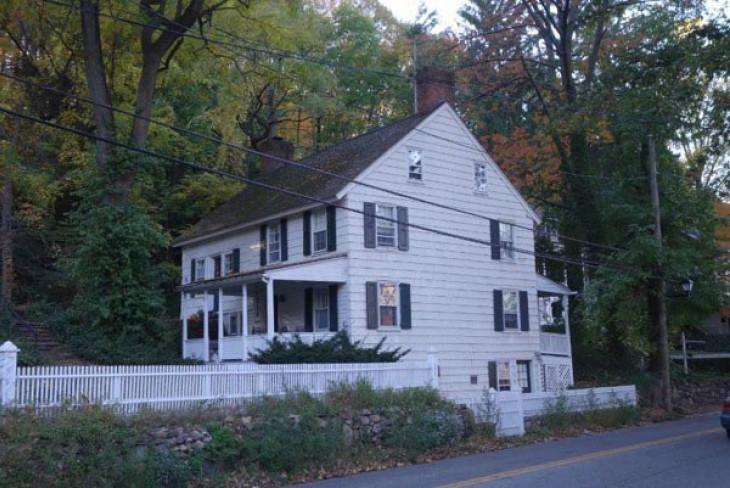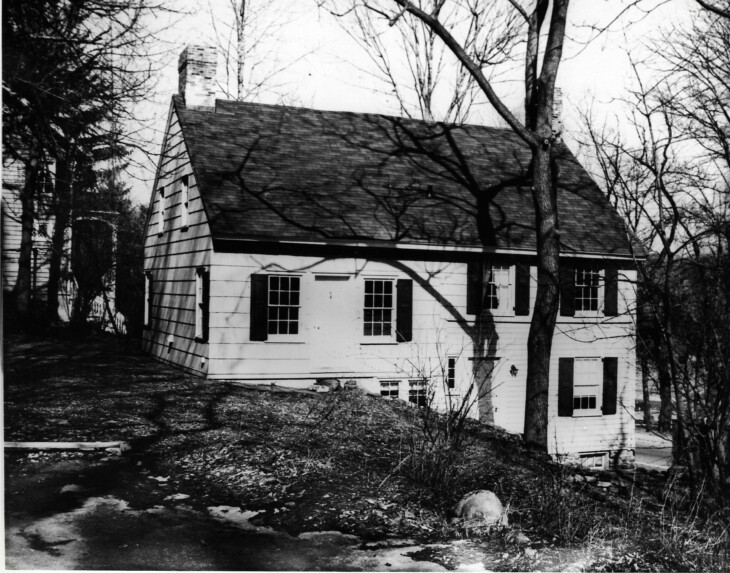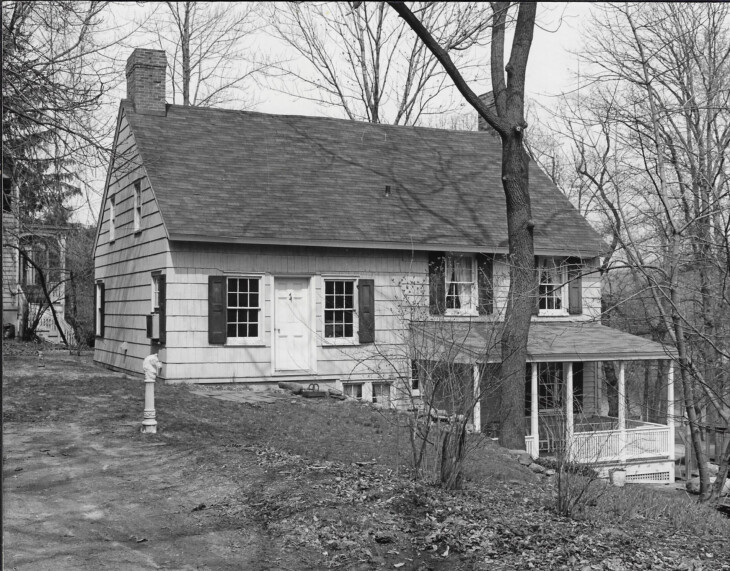Williams-Wood-Wilson House
150 Main Street, Roslyn
Project Files
- 1859-Roslyn-Map-H.F.-Walling.pptx
- 1870-Pictorial-Map-of-Village-of-Roslyn-The-Nelson-Studio-Circa-1960.pdf
- Map-of-Roslyn-Beers-Comstock-Cline-1873.pdf
- Map-of-the-Village-of-Roslyn-Chester-Wolverton-1891.pdf
- Map-of-the-Village-of-Roslyn-1906.pdf
- Map-of-the-Village-of-RoslynRoslyn-Estates-and-Bulls-Head-E.-Belcher-Hyde-1914.pdf
- National-Register-of-Historic-Places-Roslyn-Village-October-2-1986.pdf

Between 1773 and 1775, Wilson Williams, a cooper by trade, constructed the earliest part of this house on the hillside adjacent to Main Street. A patriot, Williams trained for service against the British at the beginning of the Revolution and was recorded as living in Hempstead Harbor by the first Federal Census of 1790. Williams operated one of the earliest stage coaches in the village which according to one sources was nothing more than "a covered wagon" which "ran (crept) once or twice a week."
Williams' house consisted of a large room or hall and a smaller rectangular chamber along the north (rear) end. This great room or hall was a true living room housing all family activities, such as cooking, eating, entertaining, and sleeping. It is interesting to note that this room retains its original 18th century flooring, chair rails and wainscoting. Above the rooms of this small houses was a very large high attic and below, a root cellar that was used as a kitchen.
In 1806, Williams moved to South Hempstead and presumably sold his house. In 1827, Thomas Wood bought the former Williams home as well as a piece of land in the mill swamp, on which he had his carpentry shop. Wood was a carpenter-builder of considerable style and skill and is largely responsible for constructing many of Roslyn's late Federal and early Greek Revival houses, including the original Methodist Parsonage.
By extending the roofline toward the east, Thomas Wood essentially doubled the length of the house, adding a dining room, two additional chambers, a kitchen, and another attic. He also expanded and remodeled the root cellar into a kitchen. The dining room is the most elaborately decorated room in the house, finished in the late Federal style with Tuscan moldings and an impressive mantle with free-standing Doric columns.
The house remained in the Wood family throughout most of the 19th century. Early in the 20th century, however, Henry W. Eastman purchased the Williams-Wood house and the neighboring Samuel Dugan House. The Eastmans chose to live in the newer Dugan House and converted the Williams-Wood house as a three car garage with storage and an unheated study. In 1964, the Roslyn Preservation Corporation purchased the property, retaining the late Gerald Watland to prepare drawings for the restoration of portions of the original house. In September of 1966, Mr. and Mrs. Donald Burkhard purchased the property and restored the house according to Mr. Watland's plans. Today, the property is surrounded by lovely gardens and woodlands and it is beautifully maintained by the current owner.

Circa 1975. Photo by Ray Jacobs.

0 Comments